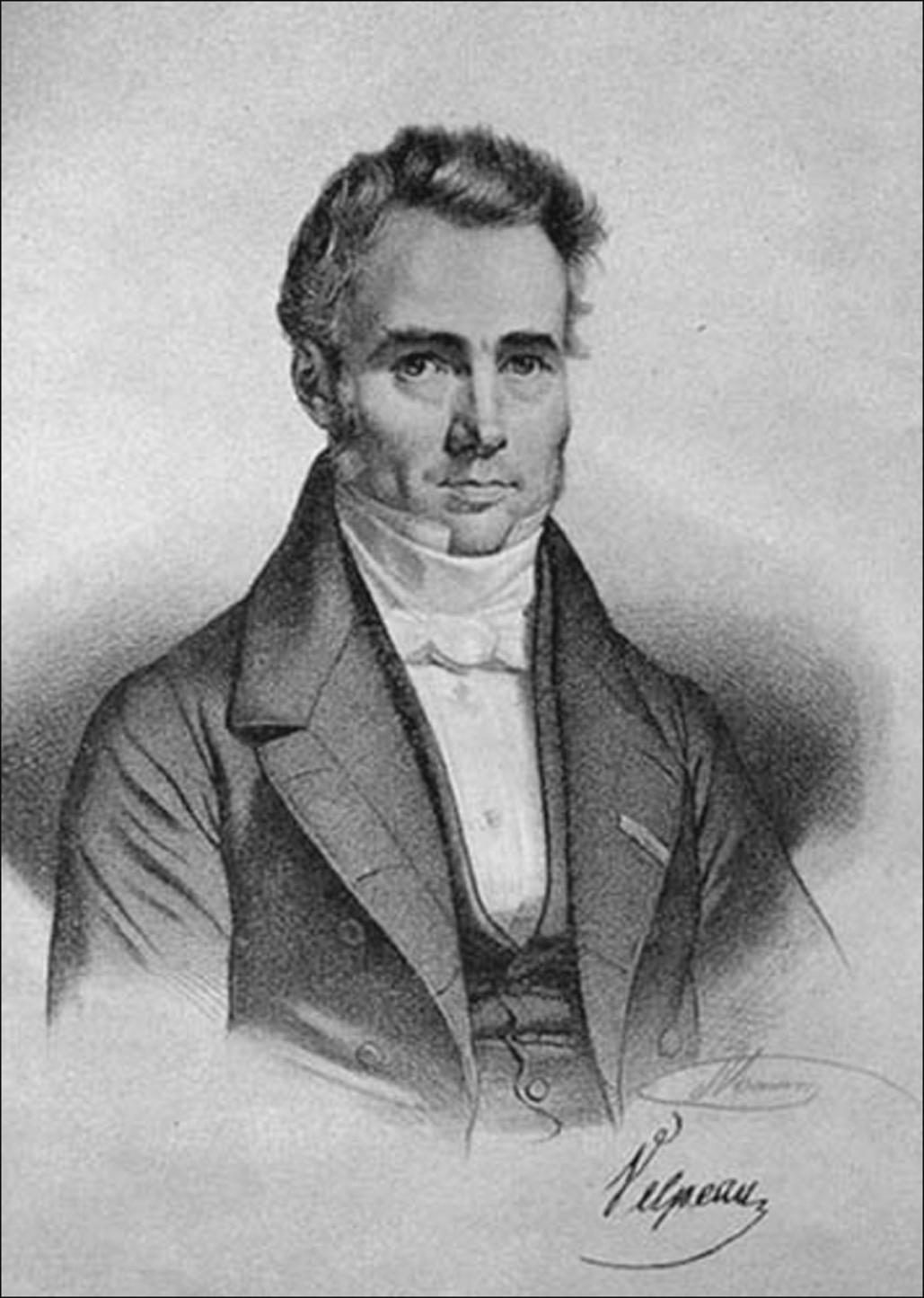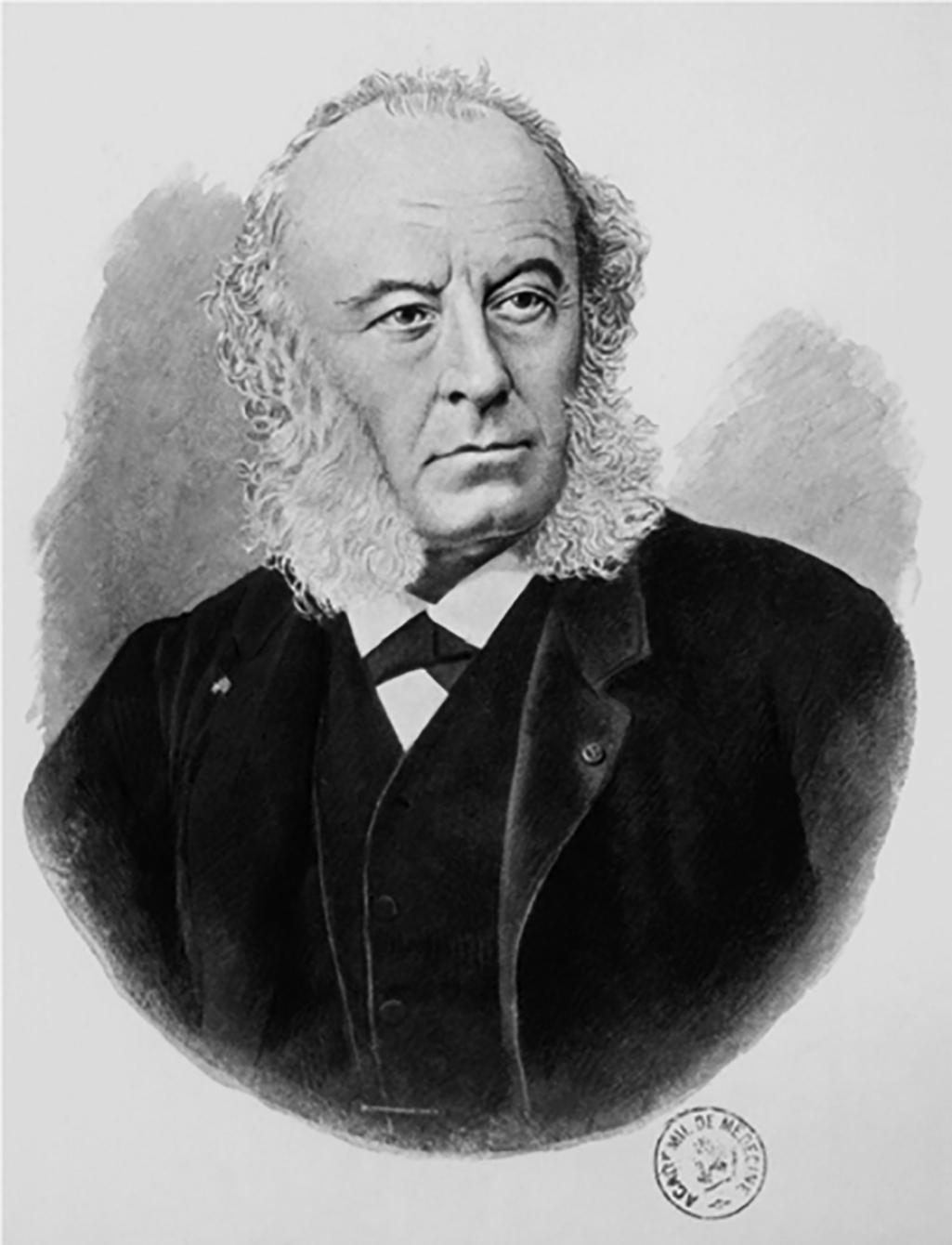Physical Address
304 North Cardinal St.
Dorchester Center, MA 02124
Hidradenitis suppurativa (HS) has a convoluted history with conflicting bodies of knowledge and a complicated pathogenesis. Since HS was first described in the 19th century, it has taken on various names and treatment strategies, leading to further confusion among researchers, physicians, and affected individuals. Alfred Velpeau and Aristide Verneuil are prominent historical figures who are credited with the discovery and characterization of HS centuries ago. Since then, many prominent physicians and researchers have contributed to our knowledge of this disease. Despite the longstanding history of investigation on HS, 150 years passed before development of the first staging system and there still remains no consensus on HS pathophysiology. As our understanding of HS grows, targeted therapies continue to evolve and help to clarify aspects of the pathogenesis as well as allow for optimal treatment of HS patients. Improved knowledge of the pathomechanisms in HS has slowly helped to reduce the controversy and mysticism surrounding this disease.
The chronicle of HS began in 19th century France, where it was first described by Velpeau and Verneuil. Karl Marx, a famous 19th century German philosopher, is now also thought to have had HS, with earliest records of his disease dating just a few years after Verneuil’s first publications.
Alfred-Armand-Louis-Marie Velpeau ( Fig. 1.1 ) was born in the Touraine village of Bréches, France on May 18, 1795.

Born of humble beginnings, he was expected to follow in his father’s footsteps, who was a farrier and “veterinary-artist.” However, Velpeau developed a strong interest in medicine, purchasing his first medical textbooks from money raised selling chestnuts while tending to his father’s cattle. After reading some “do-it-yourself”-type medical texts, he began providing opinions on his neighbors’ afflictions. Attempting to extinguish the sadness from a depressed young girl, he succeeded only in poisoning her with hellebore, which marked the turning point of his life.
When the local physician, Dr. Bodin, arrived to treat the girl, he became so impressed by Velpeau’s knowledge and determination that he introduced him to another member of the aristocracy, M. Duncan. Duncan shared in the fascination of Velpeau and invited him to join the tutoring lessons given to his children. After a year of demonstrating remarkable progress, Duncan introduced Velpeau to Vincent Gourand, surgeon at a hospital in Tours, and later to Piérre-Fidele Bretonneau, the head doctor of the hospital. Velpeau was only 21 years old (year 1816) at this point and was now an assistant to a renowned French physician of the time. Bretonneau treated Velpeau as a son over the next four years, training him in clinical medicine and pathology.
By 1820, at the age of 25, Velpeau accepted a position in the Saint Louis Hospital where he achieved awards in anatomy and physiology. In 1823, he was appointed “agrégé en médecine” (associate of medicine) with honors and in 1824 took appointments as junior surgical staff in various hospitals. After passing a higher degree in surgery, the “Chirurgical,” Velpeau was hired as surgeon of La Pitié in 1828. Five years later, at 38 years old, he was appointed as university chair of clinical surgery and went on to hold this position for the next 33 years.
During Velpeau’s tenure, he was said to have published works of over 340 titles and 10,000 pages. He authored texts on several topics, including surgical anatomy (1825), obstetrics (1830), operative medicine (1832), embryology (1833), as well as uterine and breast diseases (1854). Velpeau also gave his eponym to various anatomical structures, conditions, and innovations, notably Velpeau’s “canal,” “deformity,” “hernia,” and “pressure bandage.”
Furthermore, Velpeau is credited with being the first person to recognize and attempt to describe HS as a distinct disease process. In 1833, Velpeau described a “phlegmon tubériforme” (tuberiform phlegmnon) of the axilla, which he observed as inflammation of sebaceous follicles (frequently arising from rubbing irritation), which is occasionally painful and ends in suppuration. Velpeau also described an alternative but similar clinical aspect of HS, called “phlegmon érysipélateux” (erysipelas phlegmon), which included induration and tumors, and was always painful. Velpeau lamented the ignorance of authors in underestimating the dire consequences of this axillary inflammation.
Velpeau died on August 24, 1867, at the age of 72. He was a man of humble origins who ascended the ranks of the medical profession to become one of the prominent surgeons of his time. His contribution to dermatology is etched in history, as we credit him for his discovery of HS.
Aristide Auguste Stanislas Verneuil ( Fig. 1.2 ) was born in Paris, France on November 29, 1823.

In 1843 Verneuil was appointed Interne des Hôpitaux de Paris (Intern of Paris hospitals) and went on to graduate as a Doctor in Medicine in 1852. He became Professeur Agrégé (Associate Professor) at the Paris Faculty of Medicine in 1853 and appointed Surgeon of the Paris Hospitals in 1856, where he was the first official teacher of syphilis and other venereal diseases.
Verneuil held several successive appointments throughout his medical career, notably head of Lourcine Hospital, Le Midi Hospital (1865), Hôpital Lariboisière (1865), La Pitié (1872), and Hôtel-Dieu (1889), serving as Professor of Clinical Surgery (1872–1889) in La Pitié hospital, and Chair of Surgery at Hôtel-Dieu Hospital (1889–1892). Verneuil is also known for his positions as President of the Société de Chirurgie (1869), Charter member and later President of the Congress of Surgery, Member of the Académie de Médecine (1869), Member of the Académie des Sciences (1887), and Commander of the Legion of Honour.
Between 1854 and 1865, Verneuil published a number of articles on skin tumors and took particular interest in sudoral (sweat gland) tumors. This interest led him to Velpeau’s discovery. Although Velpeau had postulated that the origin of the abscesses found in HS patients was the sebaceous follicles, Verneuil hypothesized that they instead originated from the sweat glands. It is said that Verneuil had only personally observed a single case of acute inflammation of the sudoral glands, which was on a cadaver of a young girl. In his recorded notes, he observed inflammation of the sacral and gluteal region, multiple circumscribed and subcutaneous abscesses probably located in the sweat glands, and noted several pinhead-sized pustules filled with liquid but without any sign of inflammation. He reported unroofing the pustule to reveal a tiny red cavity in which a thin boar bristle or stylet could be introduced. The underlying channel was approximately one fifth to one third of a millimeter in depth, crossing the dermis and leading to a larger subdermal cavity filled with the same fluid, likely the early description of what is now known as a sinus tract.
Verneuil suspected that the suppuration was a result of necrosis of the sudoral glands with purulent excretion from the sudoral ducts, leading to accumulation of pus beneath the epidermis. Through clinical and histologic observation, Verneuil localized these abscesses to the sweat glands, with the caveat that he could not infer the etiology of the disease with so few observations. Verneuil died on June 11, 1895, leaving behind a rich legacy within the fields of surgery and dermatology. He was also the first to attempt describing the pathogenesis of HS.
Become a Clinical Tree membership for Full access and enjoy Unlimited articles
If you are a member. Log in here